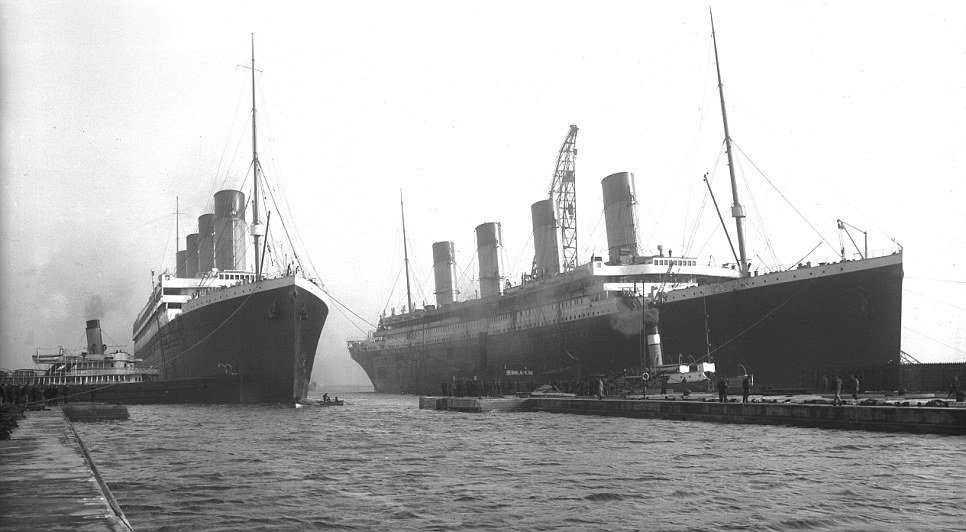
Under water pipelines also called marine pipelines are built with the main objective to transport oil, gas and water from off shore rigs to land based processing plant and storage facilities. These underwater pipelines are constructed to provide a cheaper, faster and safer mode of transport of natural resources to desired locations. Before the development of this mode of transporting liquid and gases, ships and boats were the primary mode of transportation of these goods. Due to the slow speed and high cost underwater pipelines were built to solve the problem.

Construction of these pipelines is a mammoth task and requires specialized staff and equipment to carry out. Professionals with experience in under water operation and deep water equipment are required to undertake these projects, specialized pipe laying vessels are required which carry, weld together and sink the pipeline to the ocean floor. Vessels that lay pipelines are called pipe laying vessels or pipelayers which refers to the capability to lay pipes underwater upto depth of up to 2500 meters
Processes involved:
Feasibility study: as in any project a feasibility study is conducted to check the viability of the project. This is to check whether the project is financially beneficial.
Survey: Extensive survey of the sea bed where the proposed pipeline shall lie is conducted to map the exact place were the pipeline should lie. Under later geological surveys revile obstacles like under water hills and valleys that can be avoided if necessary.
Pipe lying: This process begins only after the first two are complete. Specialized equipment and personnel are contracted. On-board the pipe laying vessel pipes are welded together and slowly lowered to the sea bed. This process is continual connecting all pipes by welding to create a single underwater pipe. While laying pipes the vessel is anchored firmly to the sea bed using several anchors. This is done to prevent the vessel from moving with the waves. This movement could damage the pipe. Small underwater robots are used to clear a path and create a small trench were the pipe line should lie. While working the pipe-layer is constantly supplied with pipes and other materials required to build the pipeline.

Maintenance: after completion of the project a maintenance team constantly checks the pipelines for any damage or leaks that could occur due to corrosion or other elements. These maintenance teams depend on under water robots to conduct these surveys. If a problem is detected instructions are forwarded to the supply rig to shut of supply. Once of the maintenance team start the repairs using different tools depending on the damage. A range of tools are used like robots, submarines, high pressure suits under water gelding gadgets. Details of these under water tools shall be available at a later stage.
The longest under water pipeline developed is 746 miles long and stretches from Norway to United Kingdom. It will be transporting natural gas from Norway’s oil and gas rich offshore fields to processing plants on the United Kingdom coast. The project required two of the largest pipe laying vessels and is expected to supply 20% of the United Kingdom’s nature gas needs.
Another major pipeline exists between Libya and Italy. It was inaugurated in 2004 and stretches 323 miles from the Libyan coast to the island of Sicily, Italy. The pipeline accounts for a third of the Italy’s energy consumption.

Many counties that have oil and gas reserves have turned to this solution since it last for many decades, faster, cheaper and safer. It cost a lot of money to construct them but is cheaper long term solutions for the industry.





